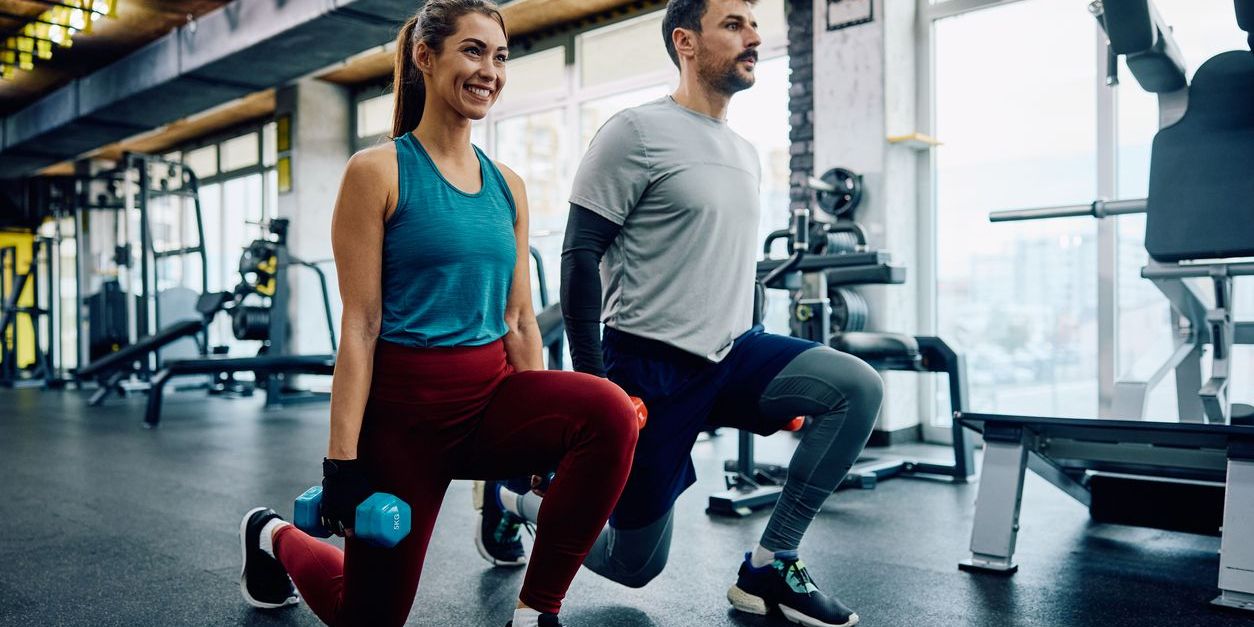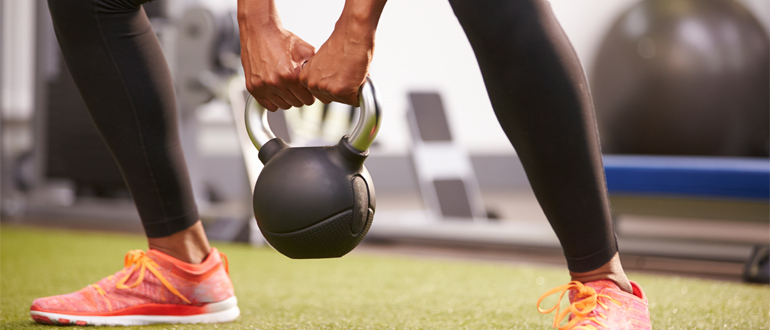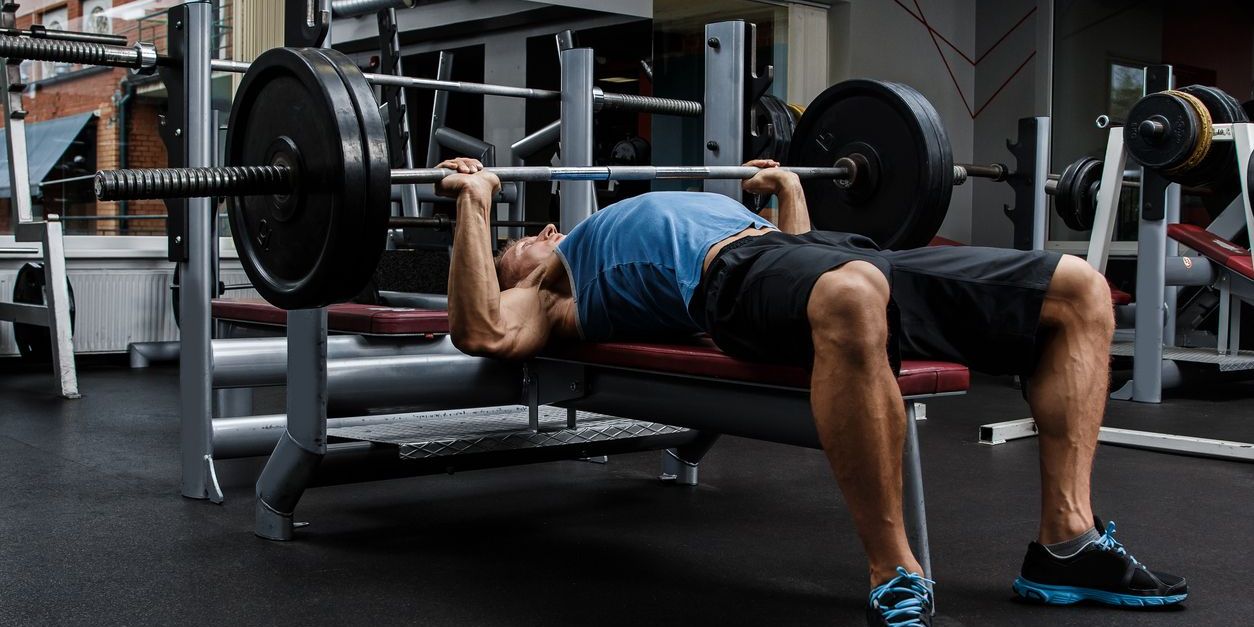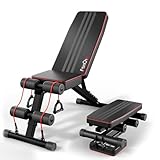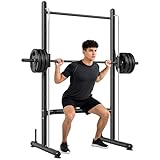
A Versatile and Effective Way to Build Strength
Free weights are one of the most popular and accessible forms of strength training equipment. They include items such as dumbbells, barbells, kettlebells, and medicine balls, and are widely used both in gyms and at home. Whether you're a complete beginner or a seasoned lifter, free weights offer an incredibly effective way to build muscle, improve balance, and boost overall fitness.
What Are Free Weights?
Unlike fixed weight machines, which guide your movement along a set path, free weights allow for a full range of motion. This means your body has to work harder to perform each exercise correctly, engaging not only the major muscle groups, but also the smaller stabilising muscles that help you maintain balance and control. These muscles are often neglected when using machines, but are essential for functional strength and injury prevention.
Common types of free weights include:
- Dumbbells – Great for single-arm exercises and isolation movements.
- Barbells – Ideal for compound lifts like squats, deadlifts, and bench presses.
- Kettlebells – Used for dynamic, full-body movements such as swings and Turkish get-ups.
- Medicine balls – Perfect for explosive movements and core work.
Benefits of Free Weight Training
1. Greater Muscle Engagement
Free weights require you to stabilise your body during each movement, which activates more muscles overall. This leads to better strength development and improved coordination.
2. Functional Strength
Because free weights mimic real-life movement patterns, they are particularly effective for improving strength that translates into everyday activities and sports.
3. Versatility and Variety
There’s a huge variety of exercises you can do with free weights – from full-body workouts to focused strength training. This makes it easy to keep your routine interesting and challenging.
4. Space-Efficient and Cost-Effective
Unlike large machines or cardio equipment, free weights are compact, relatively affordable, and easy to store, making them a practical choice for home workouts.
5. Progress Tracking
It’s easy to measure progress with free weights by gradually increasing the weight or number of repetitions over time.
Getting Started with Free Weights
If you’re new to free weights, it’s important to learn the correct form and technique before lifting heavier loads. Start light and focus on controlled movements. Using tools like exercise benches, power racks, or stability balls can help support your body and allow for a wider range of exercises.
You might want to begin with basic compound movements such as:
- Squats (with dumbbells or a barbell)
- Deadlifts
- Overhead presses
- Chest presses
- Bent-over rows
These exercises target multiple muscle groups at once, helping you build strength more efficiently.
If you're ever unsure about technique or how to progress safely, don't hesitate to speak to a personal trainer or gym staff member.
Safety Tips for Using Free Weights
- Warm up first with light cardio and dynamic stretching to prepare your body.
- Use proper form at all times – lifting incorrectly increases your risk of injury.
- Start with manageable weights and increase gradually as you gain strength.
- Use a mirror if possible to check your posture and movement.
- Don’t skip your cool-down – stretching after weight training can help reduce muscle soreness and improve flexibility.
Final Thoughts
Free weights are a fantastic way to build strength, boost muscular endurance, and develop a more balanced, functional physique. Their versatility, affordability, and effectiveness make them a staple in most strength training programmes.
Whether you’re training at home or in a gym, free weights offer an adaptable, accessible route to getting stronger and healthier. Explore our sections on dumbbells, barbells, kettlebells, and medicine balls for guidance on exercises, techniques, and how to incorporate each into your fitness routine.

